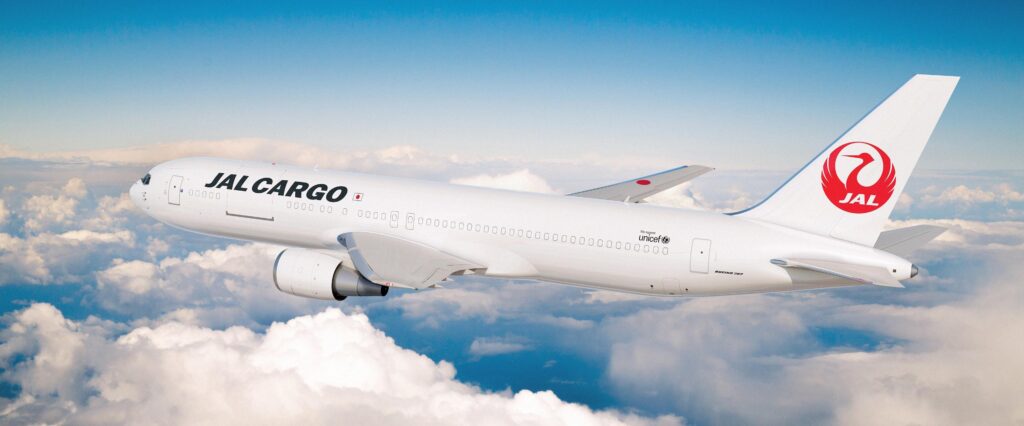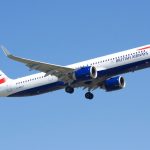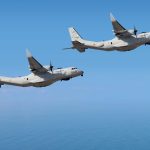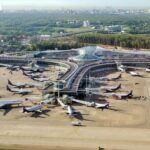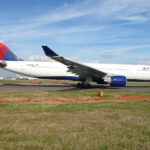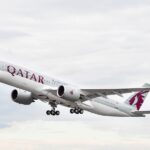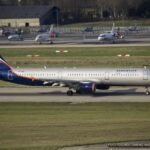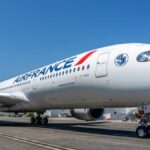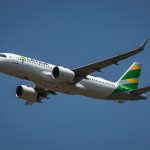Japan Airlines (JAL) expands its business model with the addition of three Boeing 767 Freighter aircraft, aiming to provide stable revenue through partnerships with companies.
See also: Japan Airlines operated an historic flight between Tokyo and Miami for the World Baseball Classic
This will be the first time in 13 years that Japan Airlines will have its own freighter aircraft, and operations will start progressively from the last quarter of 2023. Due to its bankruptcy restructuring plan more than a decade ago, the airline retired all its Freighters due to high operational costs, the company came to own a fleet of eight Boeing 747Fs and three 767-300Fs.
JAL has optimally and efficiently consolidated its revenues in the air cargo business, where demand fluctuates progressively, through commercial operations using cargo space on passenger flights and leasing freighters from other carriers in response to demand. Although, with plans to expand the cargo and mail business, the airline decided to introduce its own freighter aircraft to the fleet.
With the launch of Boeing 767F operations, a new business model will be created to ensure stable and growing demand. JAL will strengthen its airfreight capacity to meet the needs arising from the shortage of truck drivers in Japan due to revised labor regulations. The airline will promote logistics-based solutions to social problems.
Capturing stable demand through a new business model.
To meet the growing demand for domestic and international e-commerce, package delivery and other products, the airline will establish alliances with logistics partners and operate routes with stable demand. In addition, JAL plans to consolidate in the domestic cargo market to play a key role in addressing social issues in Japan and will limit business risks caused by fluctuations in demand and market conditions.
Optimize aircraft utilization rate and ensure profitability through the hybrid operation of domestic and international routes
Starting from the last quarter of 2023, JAL will begin operating international flights mainly to East Asia and then conduct domestic flights to optimize aircraft utilization and maximize load rate. It will also offer customers the option of charter and non-scheduled services on a flexible basis.
Japan Airlines Boeing 767F Specifications


